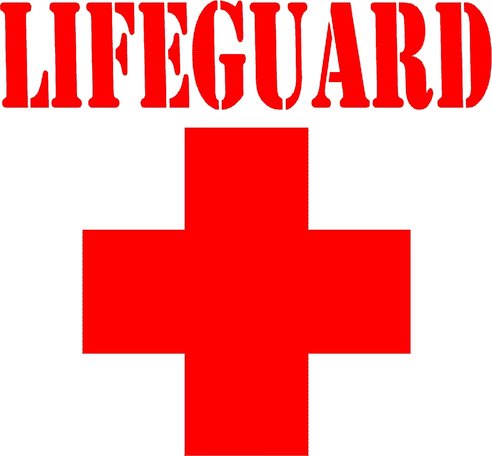I've been a broadcast meteorologist on television since the early 1990's. Happy to answer any questions about the weather or local TV news. Yes, I often wear sneakers on set just out of view of the camera.
Both! Earlier in the winter and later in the summer since daylight is longer. What do I win?
Yes, math is a big part of weather forecasting. Can't confirm or deny your friend's story, but our armed forces have trained many excellent weather observers and forecasters over the years. Good forecasts are a critical part of military activity. Thank them for their service!
I would check with your local TV station or National Weather Service office.
Hi Missy-
Congratulations! A little too early to say at this point but odds seem in your favor. Keep track here: http://www.nhc.noaa.gov/
Lifeguard
 Are most public pools just gross lakes of bodily fluids?
Are most public pools just gross lakes of bodily fluids?
The IT Guy
 What's the the stupidest IT question you've every gotten?
What's the the stupidest IT question you've every gotten?
Programmer
 Why are most developers socially withdrawn?
Why are most developers socially withdrawn?
Thanks for the note. That really is a "climatology" issue as opposed to "meteorology" which is really my area. A climatologist would be better equipped to answer your questions. Thanks.
Hello, Kim. The forecast starts with weather balloons taking measurements of the atmosphere, but only a small portion, and only twice a day. Since the network of balloons is small there are usually things that go unseen and some of those things can help develop storms
Hi, Courtney. I’ll have to pitch that one to meteorologists in the research and numerical modeling fields. I certainly use their products but building them is out of my area. Thanks.
-OR-
 Login with Facebook
Login with Facebook (max 20 characters - letters, numbers, and underscores only. Note that your username is private, and you have the option to choose an alias when asking questions or hosting a Q&A.)
(A valid e-mail address is required. Your e-mail will not be shared with anyone.)
(min 5 characters)
By checking this box, you acknowledge that you have read and agree to Jobstr.com’s Terms and Privacy Policy.
-OR-
 Register with Facebook
Register with Facebook(Don't worry: you'll be able to choose an alias when asking questions or hosting a Q&A.)